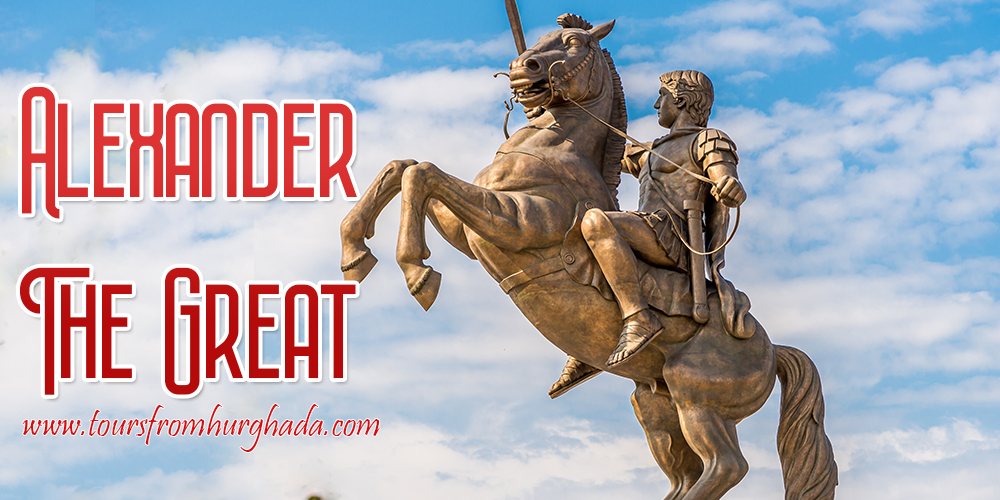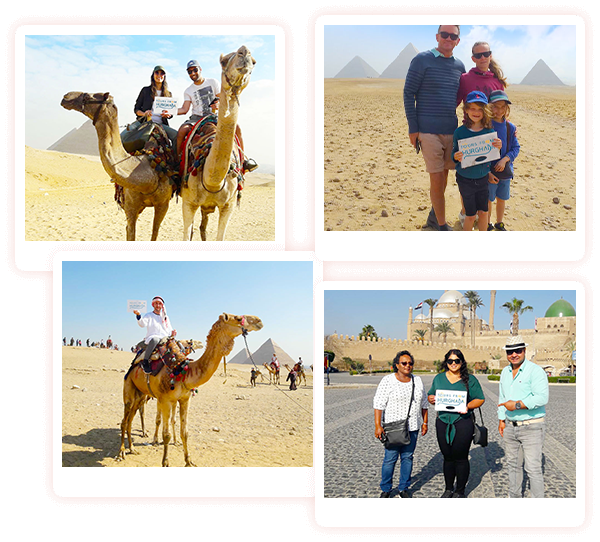Queen Hatshepsut considered by all to be the most significant and controversial woman in the history of ancient Egypt. Her name means the foremost of Noblewomen or she is first among noblewomen. She was not the first woman to play the role of a pharaoh but she was able to achieve the highest levels of success and became one of the most celebrated monarchs in Egypt history.
Hatshepsut Family
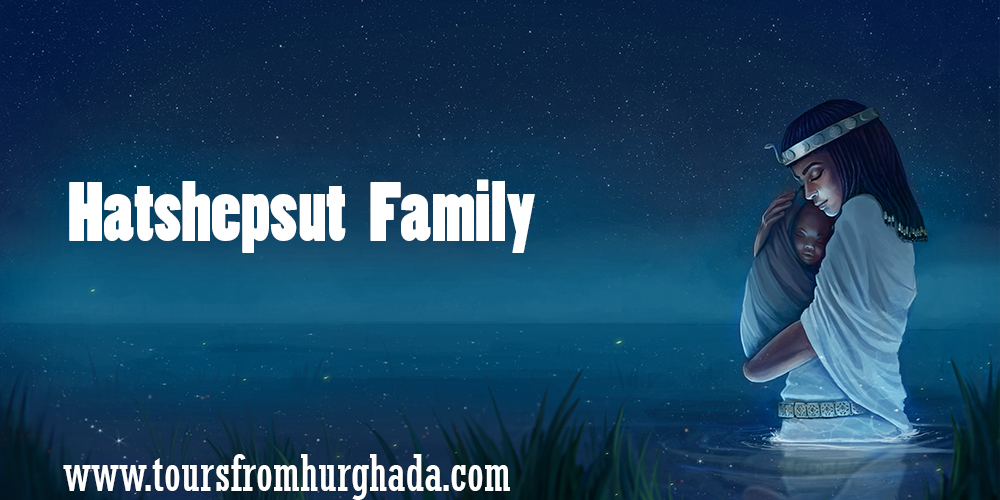
Queen Hatshepsut one of the greatest queens and was the fifth pharaohs of the 18th dynasty. Hatshepsut's bloodline was impeccable as she was a sister and wife of a king. Hatshepsut was born in 1508 BC to King Thutmose I and his wife Queen Ahmose and her grandfather was King Ahmose.
Hatshepsut's reign began when she married her half-brother Thutmose II and become his chief wife and Queen in 1492 BC, who was the son of Thutmose I from a minor wife lady Mutnofret. He was an ill weakling which enabled Hatshepsut to rule Egypt in his name while she was his wife. She had only one daughter from her husband Thutmose II named Neferu-Ra.
Hatshepsut History
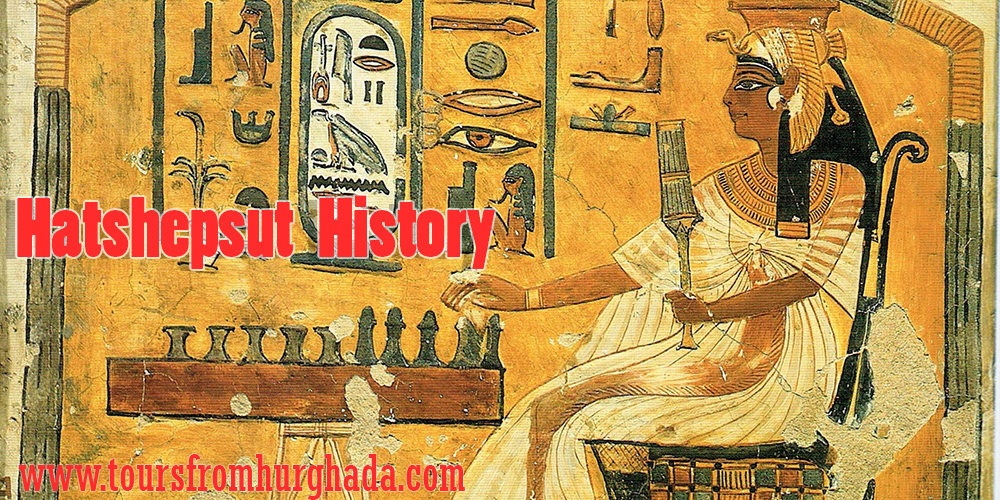
She was viewed as the wife of the god Amun at Thebes, the second-highest position for women in ancient Egypt after the Queen which made her truly invincible.
After the death of her husband king Thutmose II, the Egyptian traditions rejected the mere concept a woman ruling them as a Queen because the Egyptian society is built on the principle of Maat a symbol of harmony and balance and a women in a man's position would disrupt this balance and led to the destruction of the whole country but they were wrong. So Thutmose III became the king at the age of two and Hatshepsut became his regent and later his co-ruler with the help of her chief minister Senenmut.
Hatshepsut Achievements
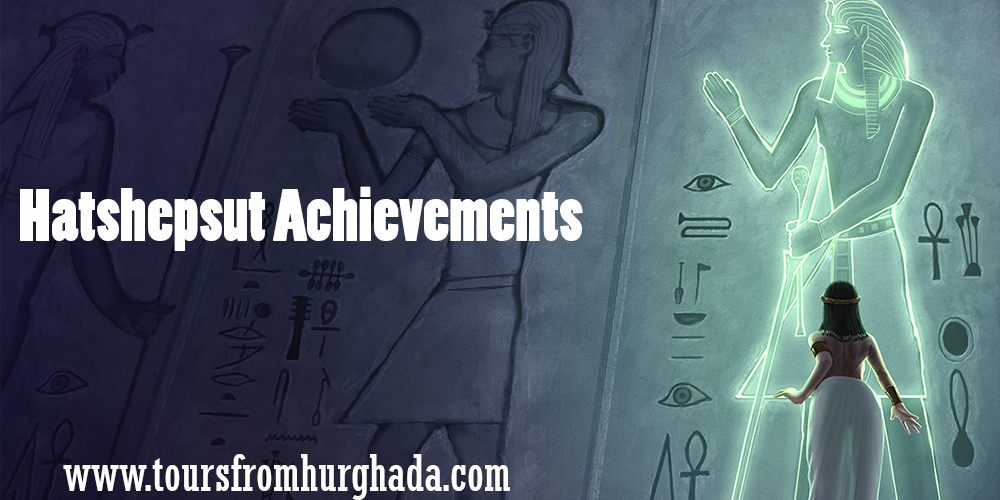
Queen Hatshepsut era was very peaceful and prosperous as she made strong diplomatic friendships with neighbor’s countries using trade and creating a buffer zone with our neighbors.
She also constructed great ships to use it in trade, she sent many seaborne trading expeditions to the land of the punt and to the Atlantic Ocean.
The Egyptian empire traded with various materials such as gold, ebony, precious jewels, baboons, myrrh, wild animals, animal skins and other rare material.
Hatshepsut Army
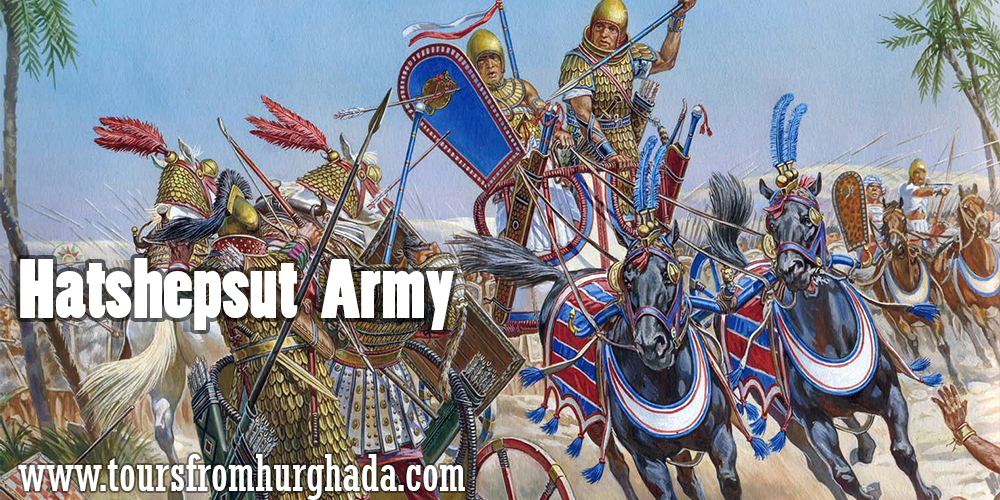
Queen Hatshepsut gave Tuthmose III the command of the army and deployed a variety of military campaigns to Syria and Nubia, and was viewed as a great conquer and gained the title of Napoleon of ancient Egypt. She managed the affairs of the country as the pharaoh while he was expanding the Egyptian empire and protecting the country.
She married him to her daughter Neferu-Ra, and soon later he became the pharaoh after her death.
Temples and works of Queen Hatshepsut
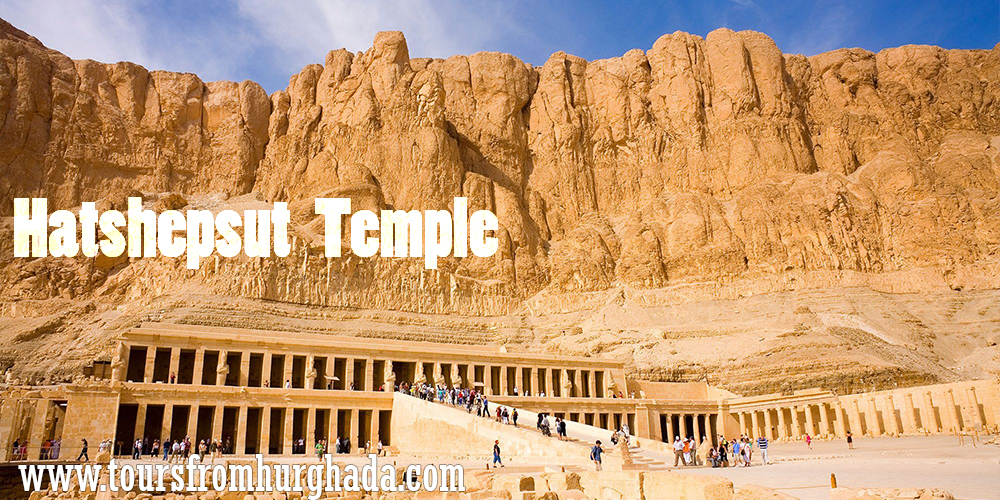
Queen Hatshepsut presented herself as the direct successor of Ahmose and in keeping with tradition started ambitious building projects like all the great Egyptian Pharaohs, that's why she ordered to construct Hatshepsut temple at Deir El-Bahri which is considered one of the most beautiful temples in the world, this temple decorated with enchanting works of art to honor the gods, she added various works in Karnak temple as she remodeled hypostyle hall of her father and added two Obelisks.
She ordered to be portrayed with a beard and manly muscles and appeared in traditional female regalia. She also attempted to construct the majestic unfinished obelisk of Hatshepsut which explains the creative ways the structures were built in Egypt.
Queen Hatshepsut Death
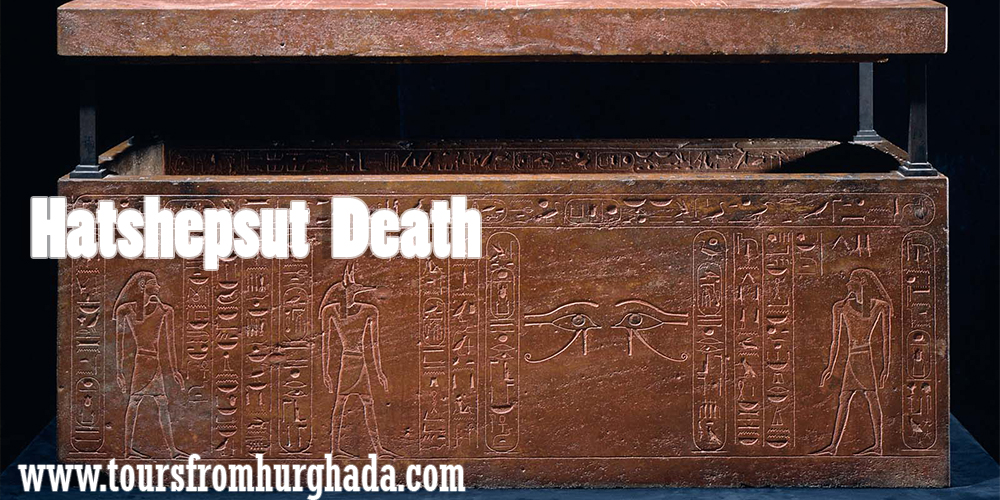
She died in 1458 BC while she was in her mid-50s from an abscess following tooth extraction and she severed from diabetes plus bone cancer her tomb is located was buried in the Valley of the Kings beside her father.


